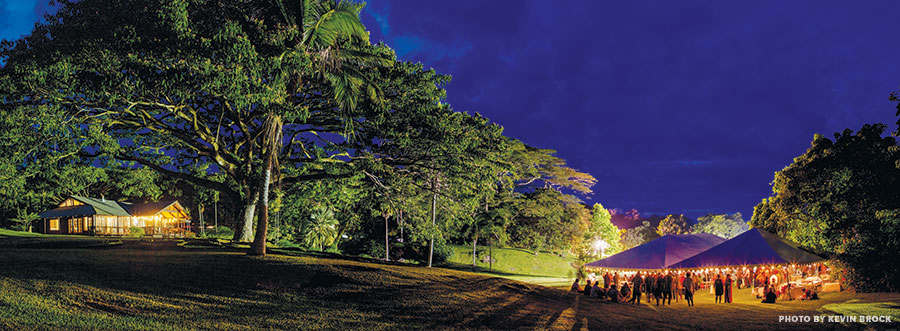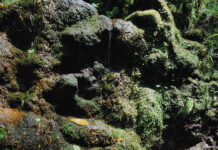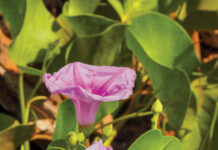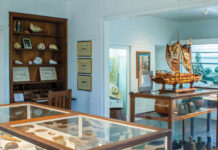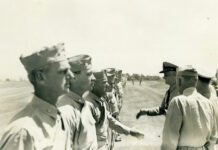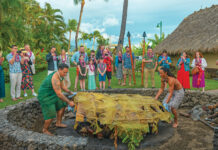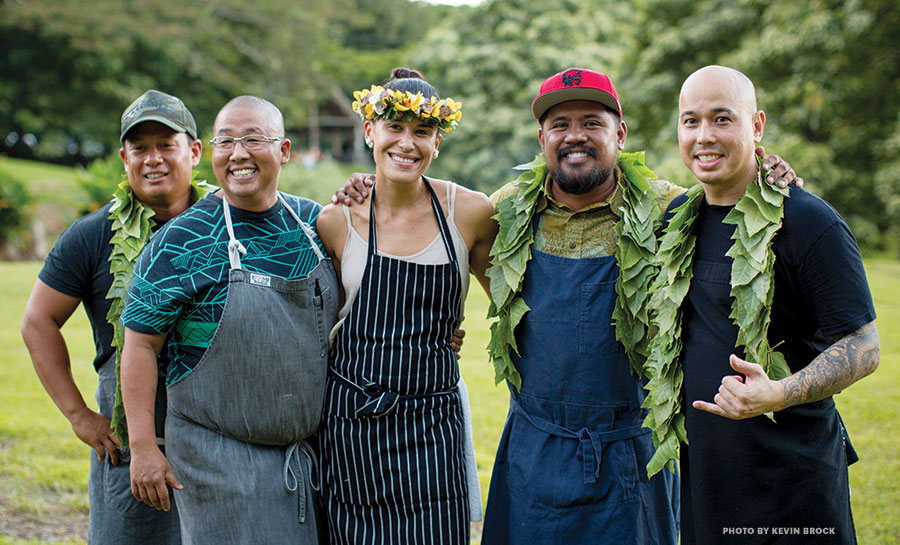
“A lot of us Hāna people are so used to just doing these things and keeping to ourselves, not realizing that what we do here can help our culture and people prosper,” he explains. “With any kind of cultural practice—whether it’s hula, voyaging, lāʻau lapaʻau [medicine]—sharing it is a way to keep it going.”
Adds his brother, Bronson Konohia-Lind, “It’s good to see all the families come together—from the oldest ones getting pushed in the wheelchair, to the babies in the stroller. It’s about the knowledge, tradition, and culture being passed down from all these generations.”
For Kanakaʻole, a former teacher at Hāna High School, the importance of subsistence skills extends beyond having fresh food. Rather than simply sharing their knowledge, she hopes Hāna’s families will be inspired to more deeply explore their own cultural practices.
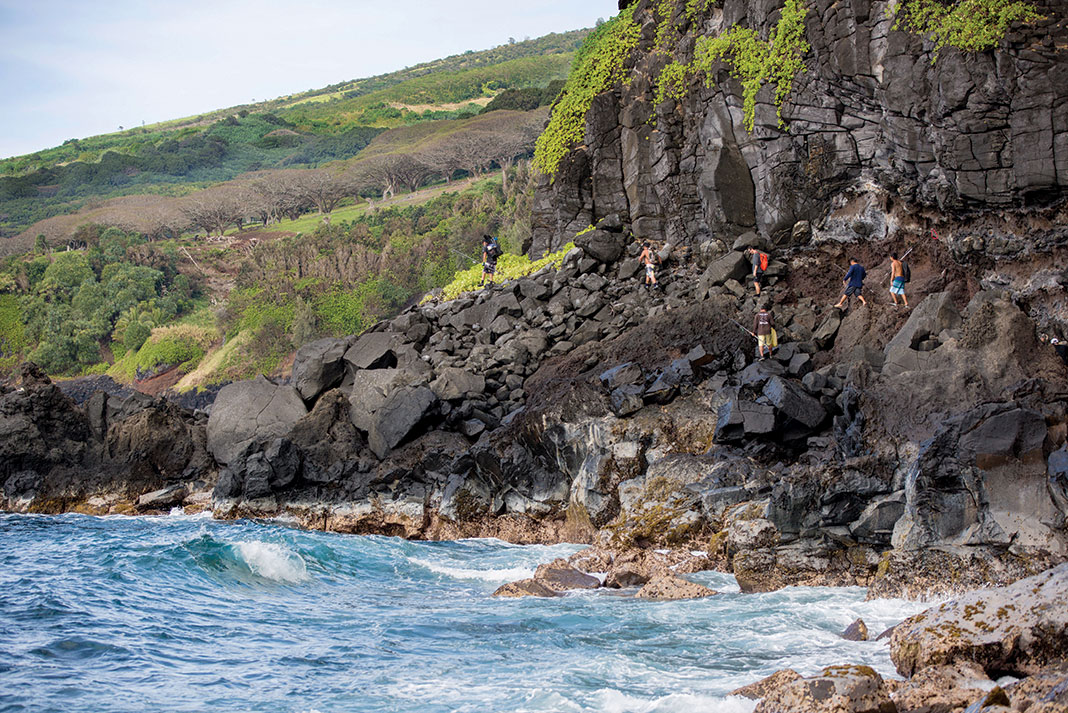
“Instead of just practicing these traditions, the hope is that they culturally identify with those places,” she says. “For example, how is that particular fish related to the name of the area and how does that relate to the tide and the moon?”
Hāna Kū is a step in that direction. “The Hāna families become these experts,” Kanaka‘ole says. “I think it’s the first time they really see themselves in that light. They start to look at their practices as not just feeding their family, but continuing a cultural relationship with the land.”
***
